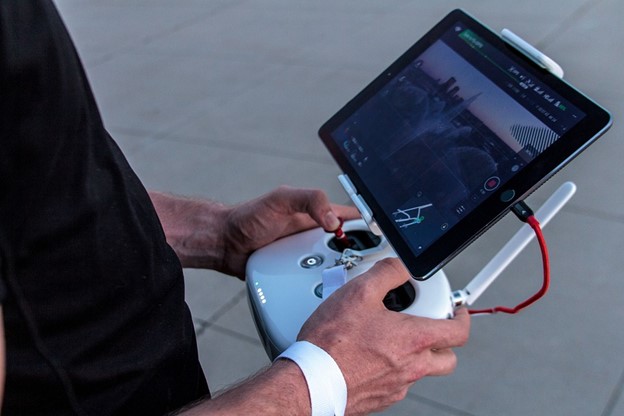“The first rule of any technology used in a business is that automation applied to an efficient operation will magnify the efficiency. The second is that automation applied to an inefficient operation will magnify the inefficiency.”- Bill Gates
As technology advances and improves, new tools are developed that can be used to change procedures and operations. In the medical field, robotics arms have helped in surgery to reduce incision sizes and precision in routine operations. In factory production, automation has reduced the number of manual steps and increased accuracy in repeated operations. In process safety, smart elements for safety systems allow for self-diagnostics to determine when a failure is detected before it fails in practice. The advances in the tech industry have led to a new tool on the horizon that may find a place in process safety: drone technology.
Here, Spot!
Drones have existed on the hobbyist scene for years now, and between uses in entertainment and sciences, the equipment has become rugged and reliable. There are many types and variations of drone technology, but some of the more common forms are remote-controlled/autonomous aircraft, those used for inventory in grocery stores, and those used to deliver on college campuses or in some cities. The software on these devices has become more sophisticated, to the point where certain companies have been able to install sensors to accomplish inspection and monitoring tasks. Certain companies have started to use drones to provide visual inspections of equipment that are inconvenient or dangerous for a person to validate. Hyundai Motor Co. piloted a robot based on Boston Dynamics quadruped robot to perform routine inspections and detect risks to people’s safety in 2021. While the robot has not been used in the US and in more hazardous environments, it does not take much imagination to see the potential of a drone that can monitor remote areas where operator rounds may lack the ability to do so.
From Recreation to Industry
Since robots and drones like Boston Dynamics hit the scene, they have accomplished more than fancy demos for public relations teams. In the intervening years, more companies have started to invest in where drones can aid in industry safety. Flying drones, particularly in open-air facilities could monitor and inspect equipment during standard operations, meaning data could be collected with minimal downtime. With calibrated instruments installed, these drones can serve in more capacities than visual inspection. Installing anything from an infrared camera to a decibel meter could increase the versatility of the equipment. This could prove useful in examining confined spaces or determining the degradation of vessels.
The Safety Lifecycle has many steps where autonomous or remote-controlled robots can be used as a tool. A drone could help with surveys, facility siting, and area inspections, which all can take place during Site Acceptance Testing. They can be used to collect data for the inspection equipment or changes to the process during a Pre-Startup Safety Review (PSSR) or Management of Change (MoC). They can aid during operator rounds or inspections in areas of the facility that are normally unoccupied and remote. In general, drones can provide useful services as tools to improve process safety and the general operation of a plant, but there may be some disadvantages that should be considered for the investment.

Photo credit: StockSnap via Pixabay
Robots Have Their Bad Days
Drones require an additional setup that an operator may not. Autonomous models especially will need to have some sort of map or floorplan uploaded into their software to move safely across a site. While OSHA requires training of operators for the phases of a plant’s life, there would be additional training required for those who may operate or work alongside their electronic coworkers. Drones need power sources or dedicated places to charge between uses, meaning there must be a spot where the tool can be stored when not in use. Additional work may be required if the drone is expected to integrate with the facility’s current notification systems. These issues and more require consideration before purchasing what can be an expensive piece of equipment.
While we are far off from seeing drones as a process safety tool, it can be sooner than you think. Advances in technology are happening all the time to make industries safer and more consistent. Drones and other autonomous technologies can be a new and strong tool in an engineer’s or plant manager’s tool belt. Perhaps the future will have operators running drones from the control room to perform rounds or using autonomous robots to control small spills and pool fires. Determining their efficacy in process safety will happen like other tools have been determined: through experimental testing and industry experience. Whether drones become a mainstay in plant operations, only time can tell.
